I'm trying to command a Solid State Relay with the HV1 pin, I can't connect it directly(HV1 to CH1) due to the fact that the impedance on that pin is too low and I only obtain 2.8V when connected.
So, I'm trying to use an NPN transistor(Q1). However, being inexperienced with tranistors I'm not sure that my schematic is correct(probably not).
Can you give me some hints on how to choose the resistor's value, or what should I change to make it work? Thank you!
This question comes after this question (Bidirectional Logic Translator translates to 2.8V instead of ~5) (The "Switch" is actually the SSR)
CH1 is the command pin of the SSR

simulate this circuit – Schematic created using CircuitLab
